Welcome to On Verticality. This blog explores the innate human need to escape the surface of the earth, and our struggles to do so throughout history. If you’re new here, a good place to start is the Theory of Verticality section or the Introduction to Verticality. If you want to receive updates on what’s new with the blog, you can use the Subscribe page to sign up. Thanks for visiting!
Click to filter posts by the three main subjects for the blog : Architecture, Flight and Mountains.
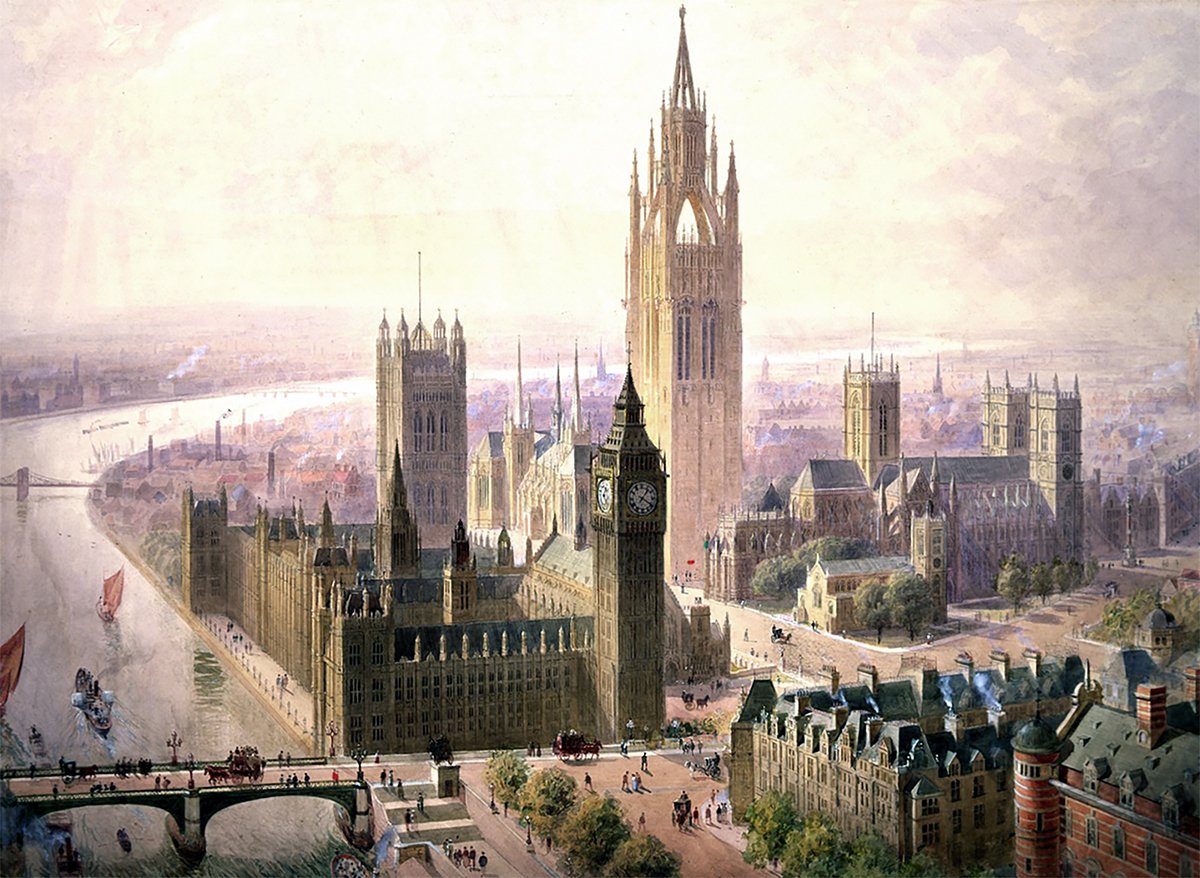
Lamb and Seddon’s Imperial Monumental Tower at Westminster
Pictured above is a 1904 proposal for an Imperial Monumental Hall and Tower in London. It was proposed by architects Edward Beckitt Lamb and John Pollard Seddon. The main feature of the proposal was a 167 meter (548 foot) Gothic tower, which dominates the entire site and its surroundings. It’s an ambitious proposal, and it uses verticality to elevate the monumentality of the site in three ways.
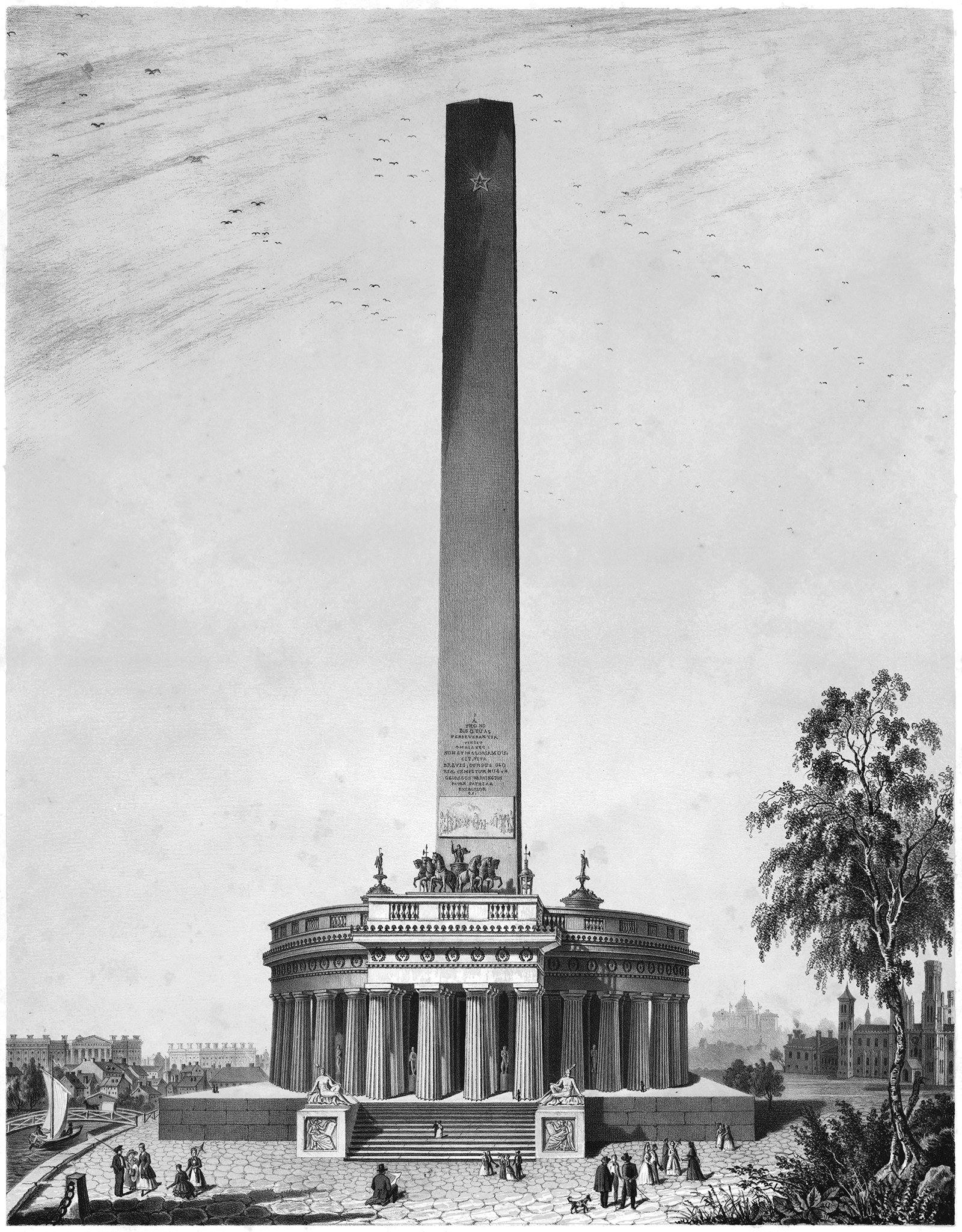
Alternate Realities : The Washington Monument
Pictured above is a proposal for the Washington Monument, designed by Robert Mills sometime around 1845. It was the winning entry of a design competition established in 1835 by the Washington National Monument Society. This design is the second of three structures that Robert Mills proposed or built for a monument to G.W., and each is based on verticality in some way.
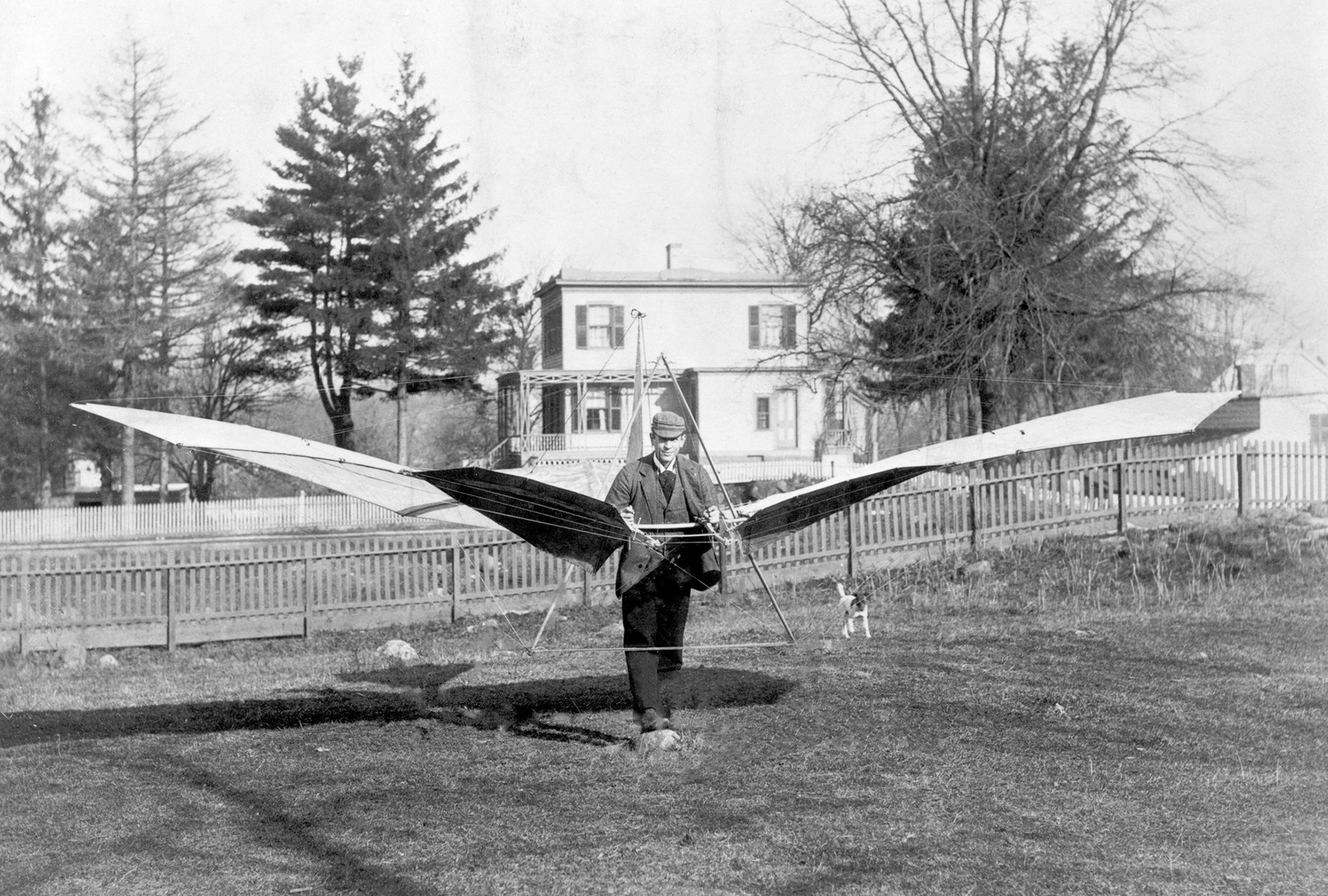
Augustus Moore Herring’s Gliders
In the field of early aviation, there are standout figures, such as the Wright Brothers or Otto Lilienthal. There’s also figures that work to push the field forward, and exist with and among other greats. Augustus Moore Herring is one such individual. Throughout his career as an aviation pioneer, his story is woven into the careers of many other pioneers of flight, while unfortunately remaining much less well-known.
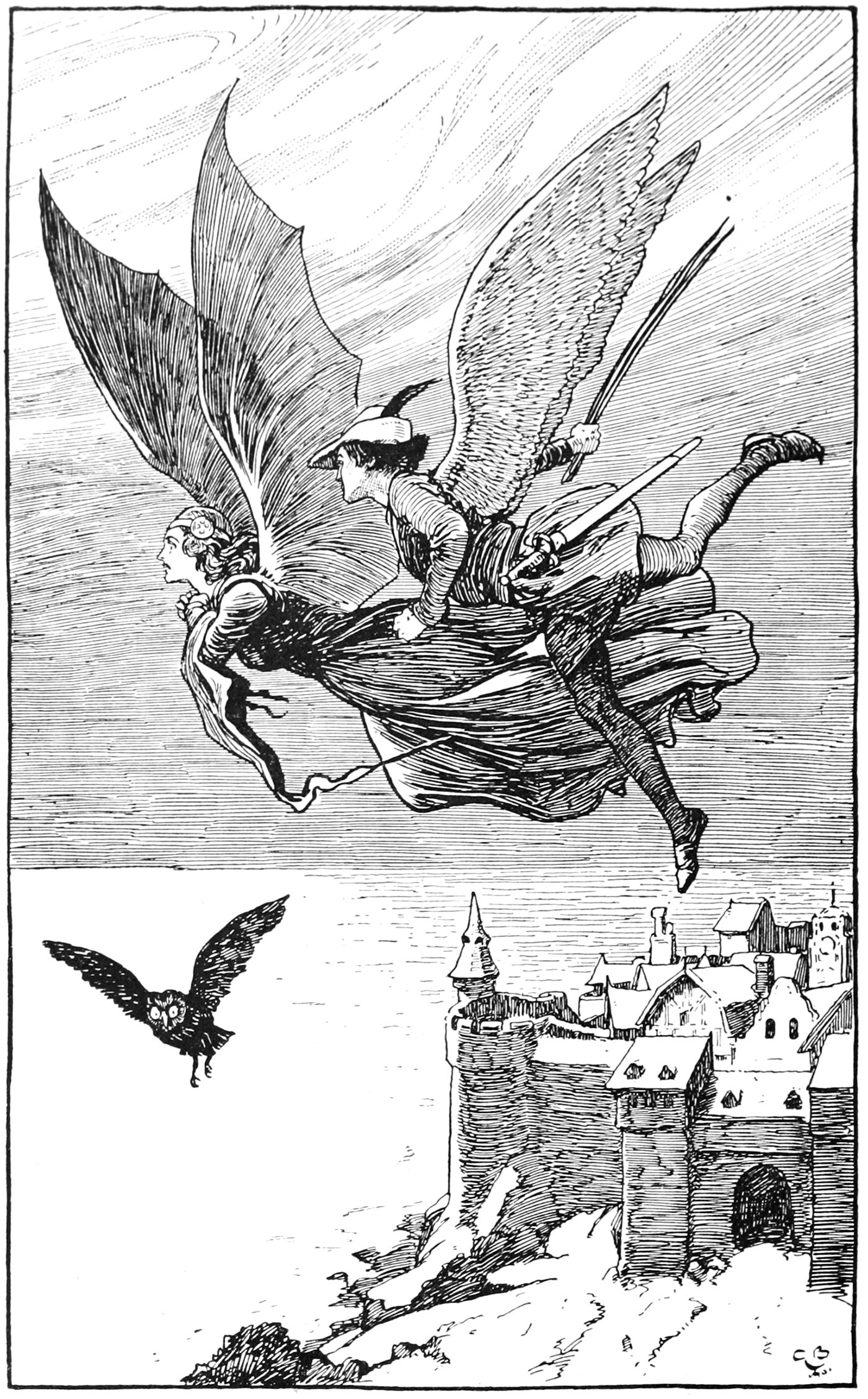
The Traveling Companion
The Traveling Companion is a fairy tale written by Hans Christian Andersen in 1835. It follows the travels of a man named John, and how he comes to marry a princess. Along the way, he meets a traveling companion who helps him in various situations, and one of his defining features is his ability to fly.
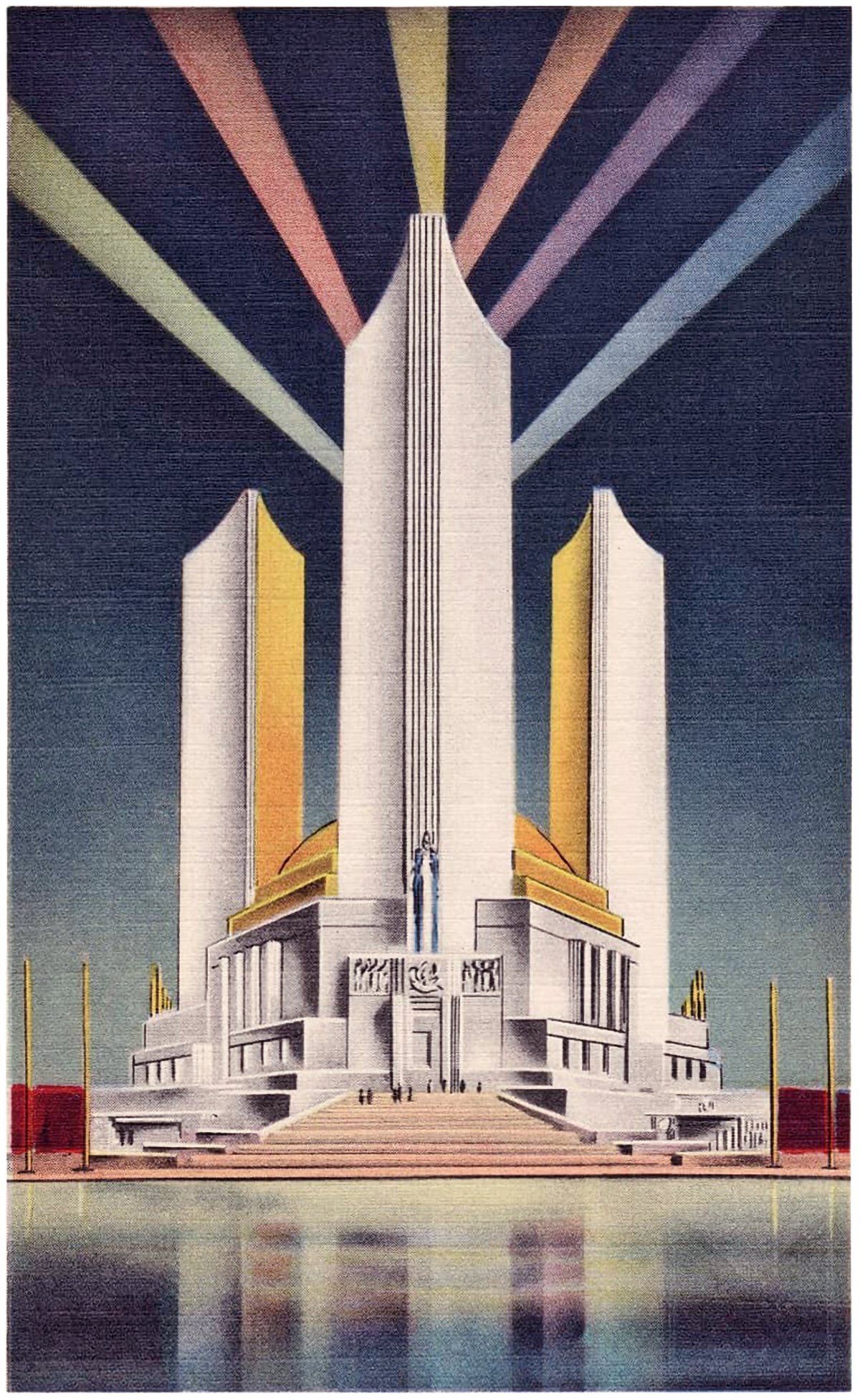
The Three Fluted Towers of the Chicago World’s Fair
Pictured here are three postcards from the 1933 Chicago World’s Fair. Each shows the Federal Building, which featured three fluted towers. These towers represented the three branches of the US government, and together they created an icon for the fairgrounds.
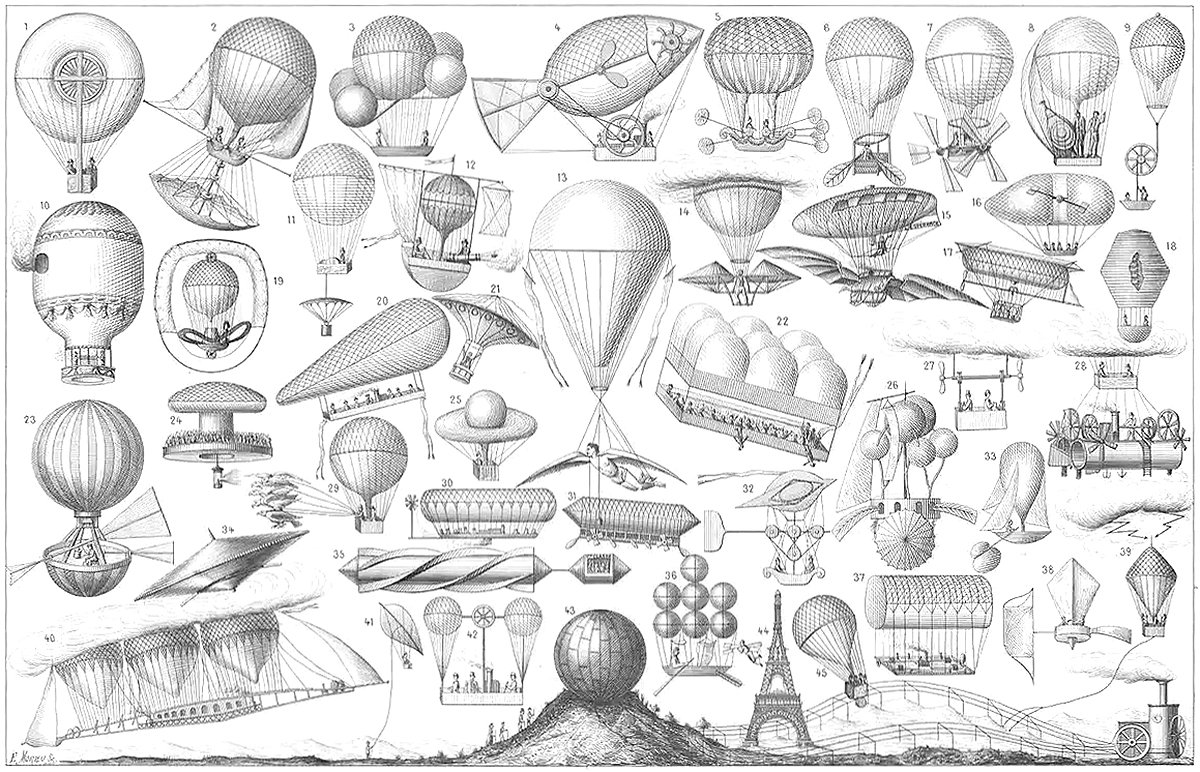
A Compendium of Dirigibles
Pictured above is an exhaustive collage of early dirigible designs, circa 1885 by E. Morieu. As far as I can tell, there’s forty-five designs in total, and many of them seem quite unique. Most likely the original print was paired with a descriptive list, but unfortunately this link has since been broken. Even so, there’s great beauty in the variety of the designs shown here, as well as the creative spirit that led to all of them. A collage like this is evidence of the human need for verticality, that all these individuals would put so much time and effort into achieving human flight.
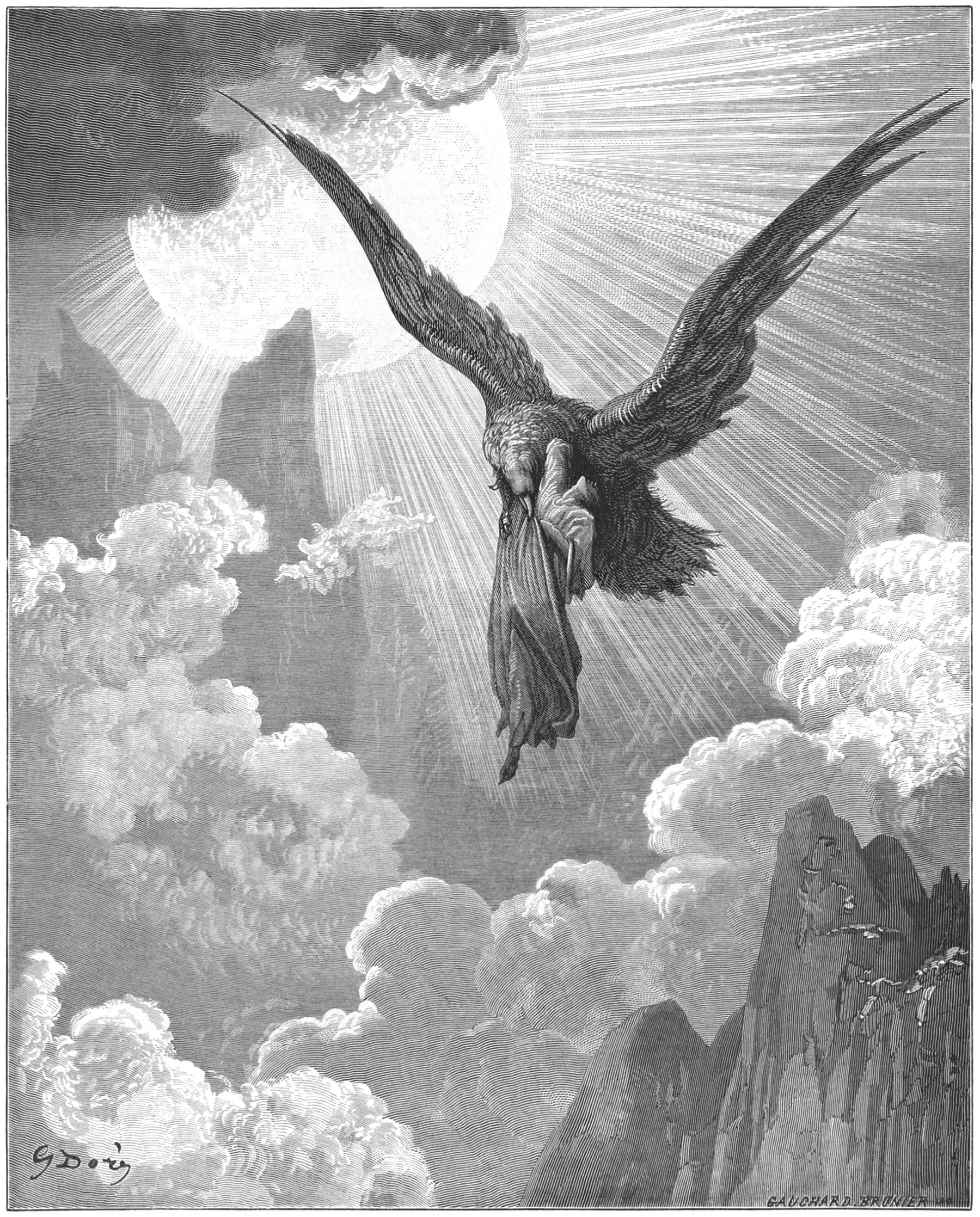
Dante and the Eagle
Pictured above is an illustration by Gustave Doré showing a scene from Dante’s Purgatorio. The scene takes place in Canto IX, as Dante is carried by an Eagle to the entry point of Purgatory. As I’ve previously written, the entire structure of Dante’s Divine Comedy is rooted in verticality, and this scene is just one example of this. Purgatory is a mountain which Dante must ascend in order to reach Paradise, or heaven.

Calvin Pollard’s Proposal for the Washington Monument
Daniel Burnham once said, make no small plans. This is especially true in New York City, and the proposal pictured above fits right into both these molds. It’s a proposal for a monument to George Washington, and it would’ve dwarfed the height of the next tallest building in the city at the time (and also the tallest building in the world), Trinity Church.
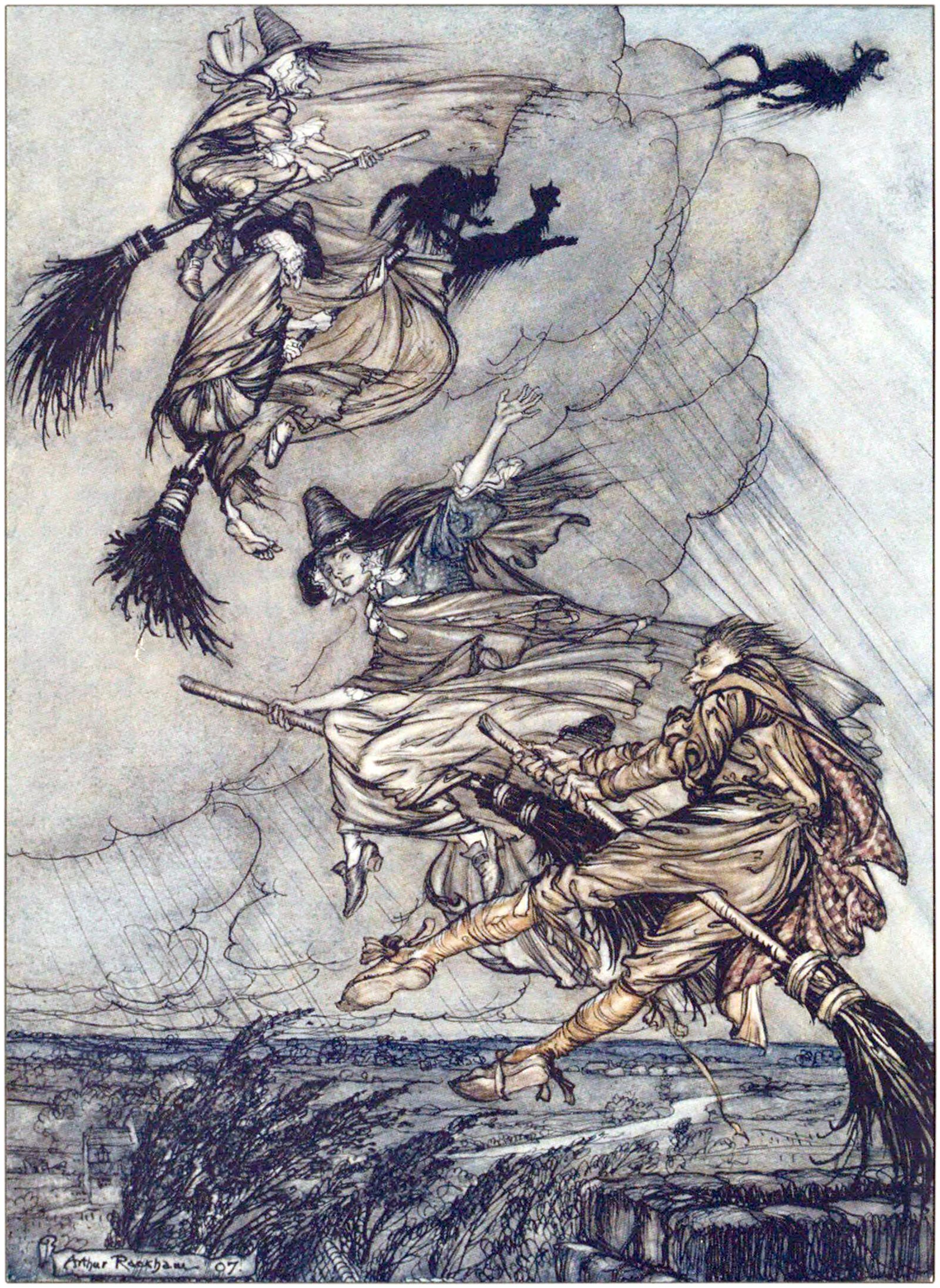
The Witches’ Frolic
Pictured above is an illustration by Arthur Rackham showing a scene from the Thomas Ingoldsby legend The Witches’ Frolic. The story follows a young man Robin as he interacts with a group of witches, and verticality is featured throughout the tale.

The Singer Building and the Power of Nostalgia
The Story of the Singer Building is a dark patch in the history of New York Architecture. It was the world’s tallest building when it was built, and just 50 years later it was the world’s tallest building to be demolished by it’s owner. This demolition coincided with a period of change in American cities, and it serves as a cautionary tale when compared to other, very similar buildings nearby.
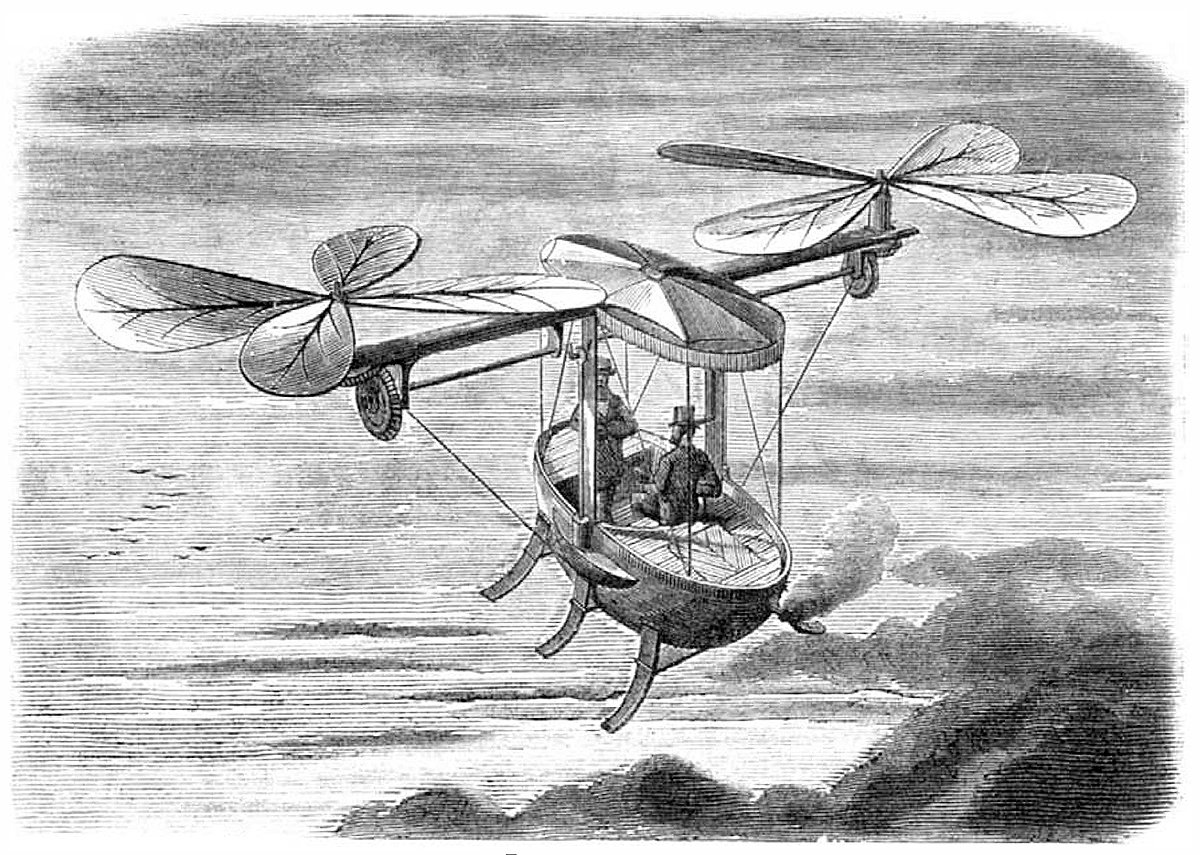
A Proposed Flying Machine
Pictured above is a proposed flying machine from an 1874 issue of Scientific American. The author is known only as W.D.G., and he wrote a detailed description of his machine to go along with the illustration shown here. Curiously, the description begins with this statement: Cannot we arouse a little more spirit and inquiry regarding the subject of a practical flying machine, and keep the ball rolling until the aim is accomplished?
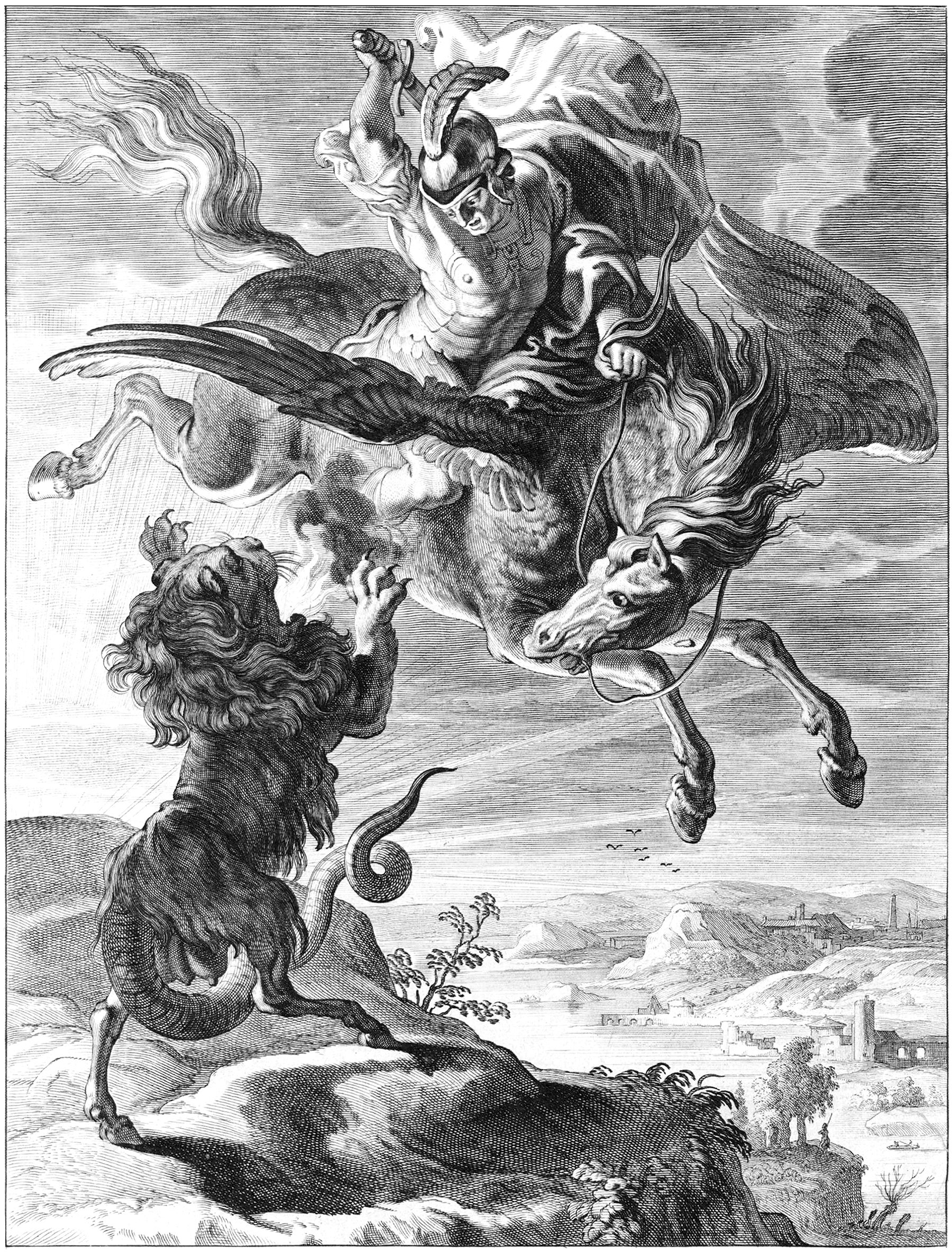
The Myth of Pegasus and Bellerophon
Pictured above is a scene from ancient Greek mythology, showing the hero Bellerophon fighting the monstrous Chimera, with help from his winged-horse Pegasus. It serves as a dramatic climax in the story of the hero and his winged companion, and it’s one of many examples showing the power of verticality within ancient Greek mythology.
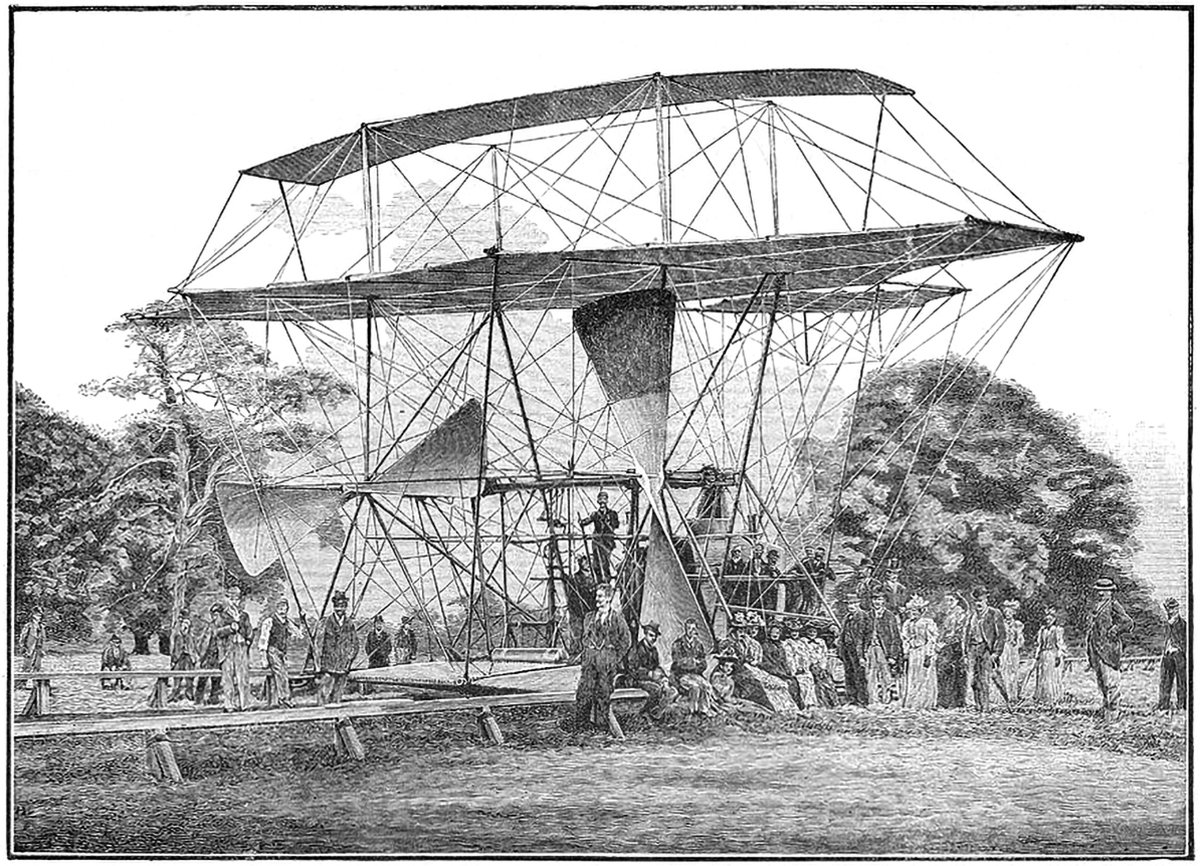
Hiram Maxim’s Flying Machines
Hiram Maxim was a prolific inventor who is best known as the inventor of the first automatic machine gun, as well as a series of flying machines he built and tested between 1889 and 1894. Pictured above is one of his later designs. It consisted of a series of wings tied together with a web of struts and cables, powered by a pair of massive wooden propellers.

The Mole Littoria Project
Constructing the world’s tallest building is an act of politics just as much as an act of engineering. It’s a statement of accomplishment and power by all those involved. Paul Goldberger once wrote that you don’t build [the world’s tallest] skyscraper to house people, or to give tourists a view, or even, necessarily, to make a profit. You do it to make sure the world knows who you are. Pictured above is one example of this. It’s a 1924 proposal for the world’s tallest building, to be built in Rome. It was designed by Mario Palanti, who was an Italian architect who made his name in South America, and he proposed his design to Benito Mussolini, who enthusiastically approved the project.
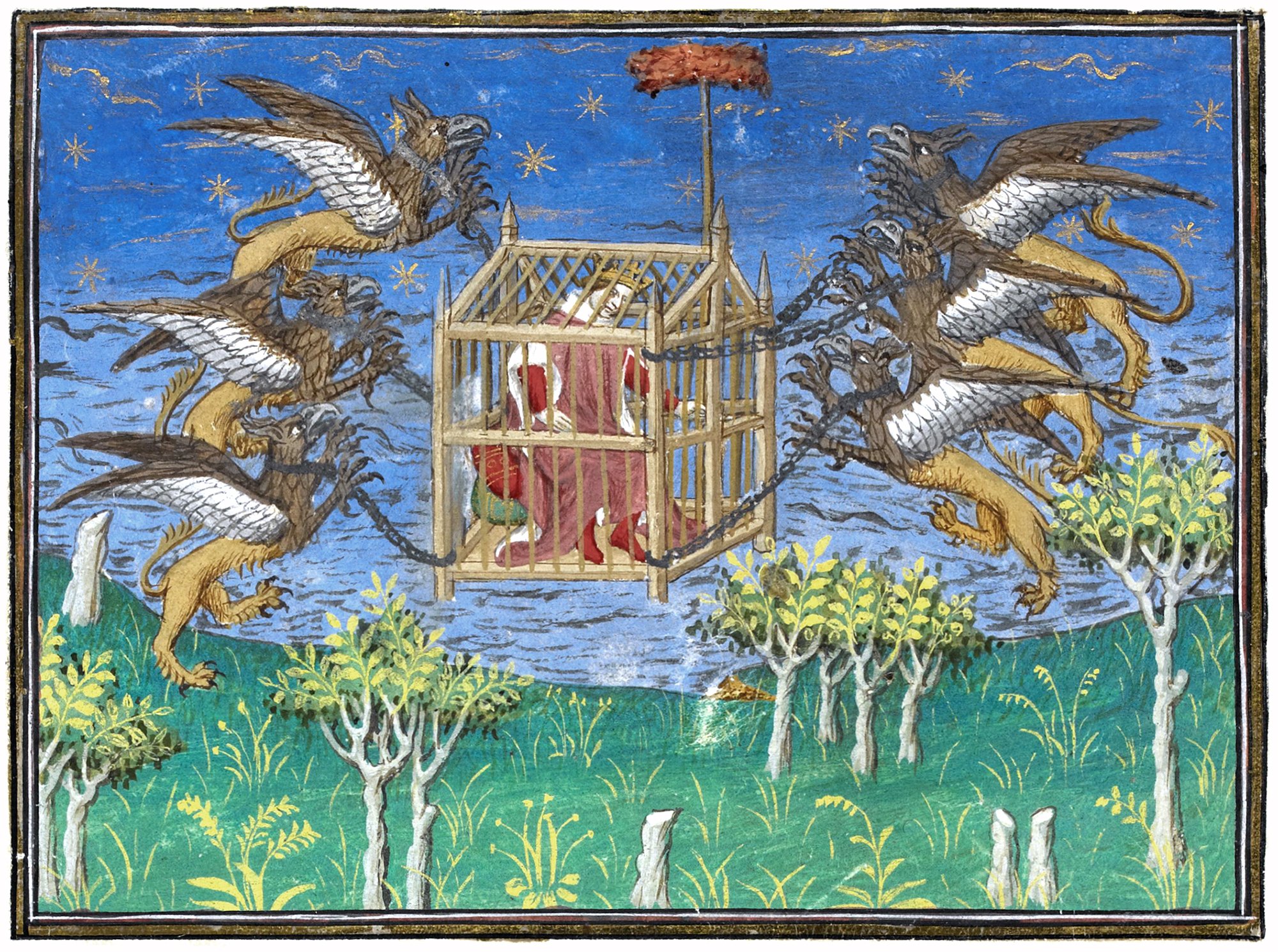
Alexander the Great’s Flying Machine
The oldest myths and legends about human flight usually involve birds and other winged creatures that were already known to fly. These creatures were ready-made-packages of sorts. Harnessing their ability to fly by means of control provided the easiest and quickest path to human flight. Pictured above is one such example of this. It’s a mythical flying machine built by Alexander the Great.
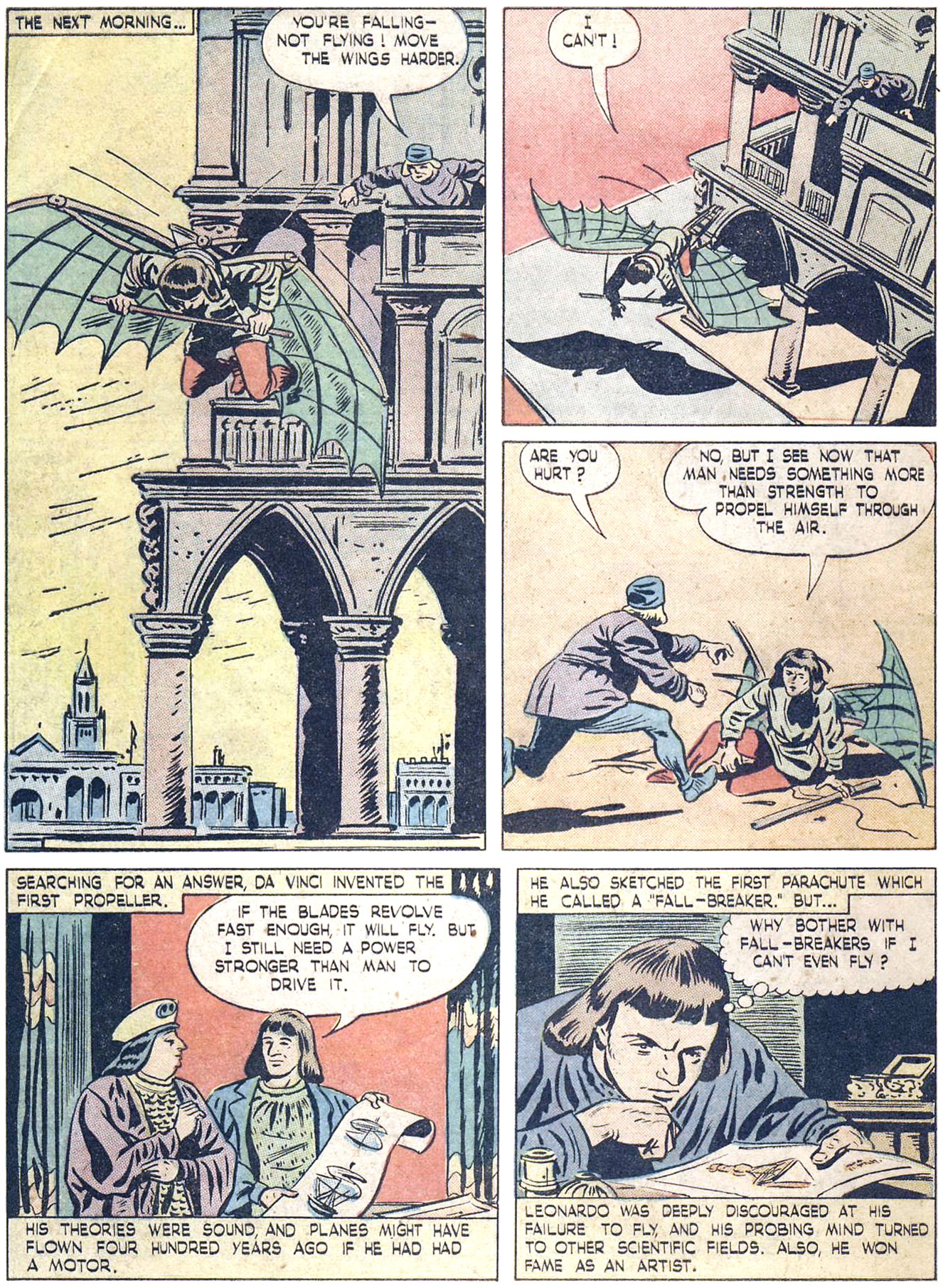
Leonardo da Vinci : 500 Years Too Soon
I see now that man needs something more than strength to propel himself through the air.

The Flying Trunk
It was no ordinary trunk. Press on the lock and it would fly. And that’s just what it did. Whisk! It flew up the chimney, and over the clouds, and away through the skies. The bottom of it was so creaky that he feared he would fall through it, and what a fine somersault he would have made then!
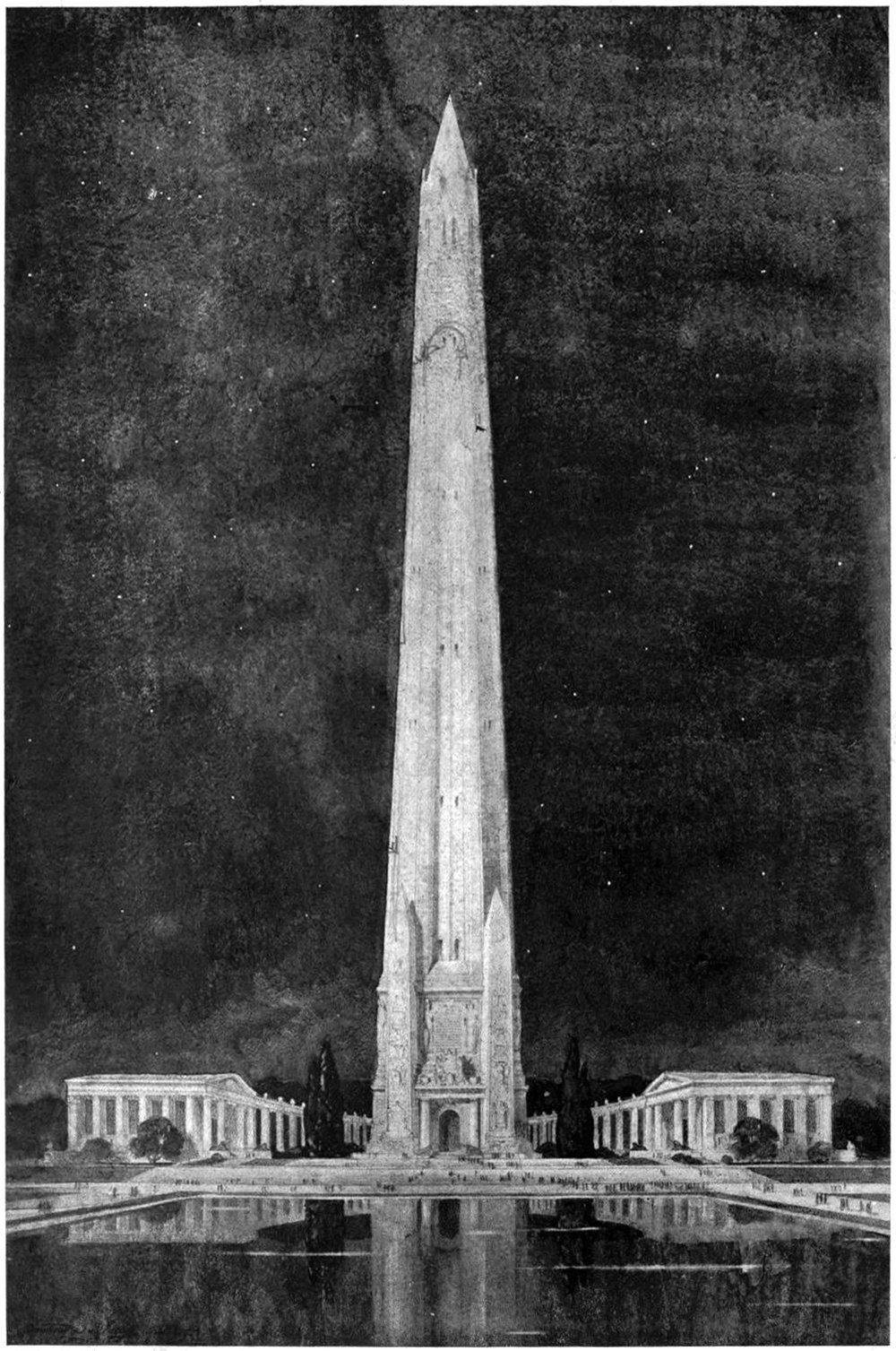
A Design for a National Memorial
Monuments and memorials are tricky beasts to design. Unlike a normal building, they’re imbued with meaning and symbolism that can be highly subjective. They’re not just buildings, but repositories for history and memory. This means they carry responsibilities to the person or event they are meant to symbolize. That’s what makes the above illustration so difficult to understand. It’s described only as Design for National Memorial. This is tough, because it doesn’t even make a claim to what it’s memorializing. One thing is clear, however; the designer was motivated by verticality.
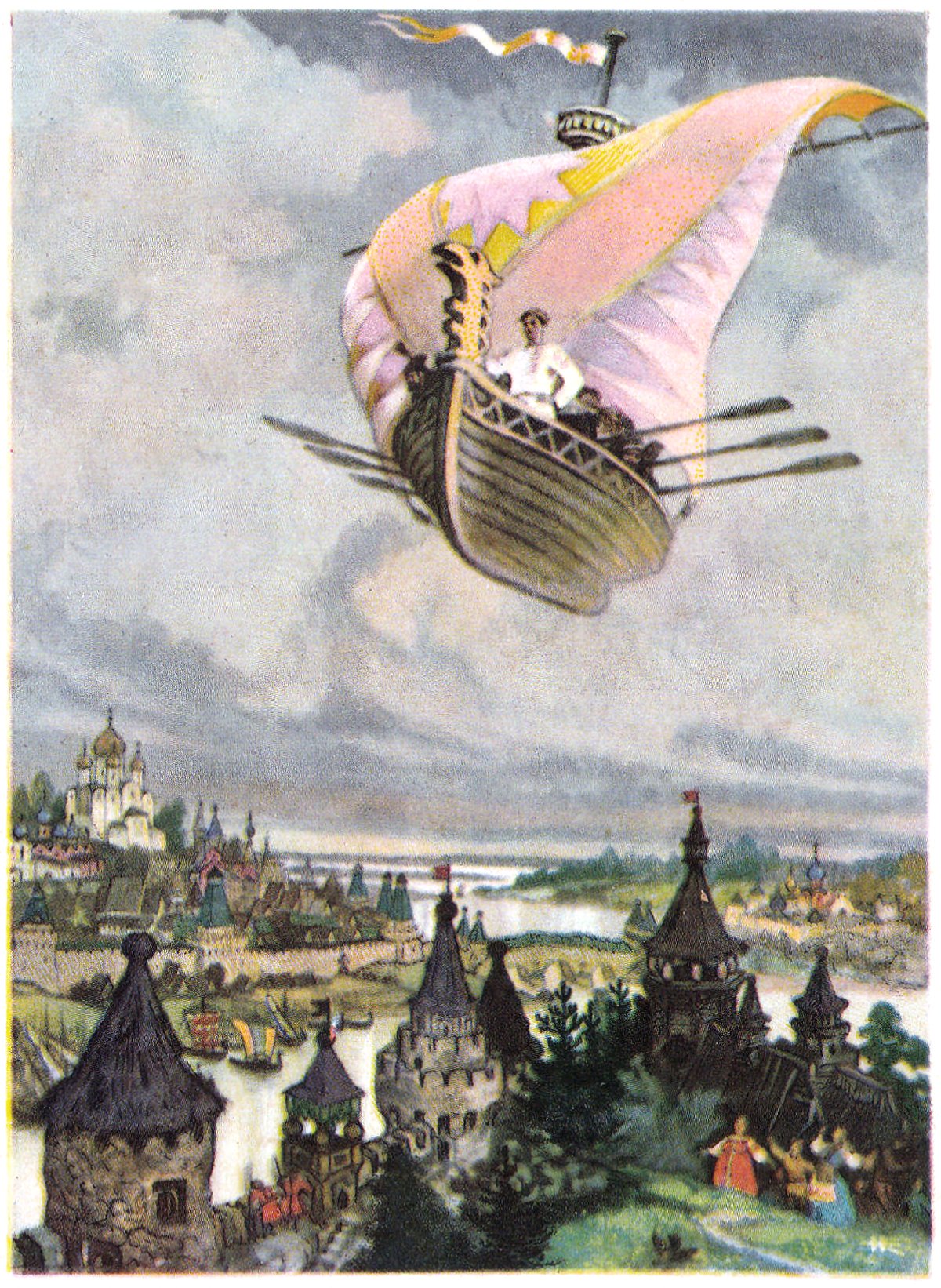
The Fool of the World and the Flying Ship
Flight is used in myriad folk tales to symbolize power. This is typically done to aid a character who is either downtrodden or has done a good deed without a promise of reward. The Russian folk tale The Fool of the World and the Flying Ship follows this pattern. It’s the story of a young fool who ends up marrying a princess because of a series of fortunate events, combined with his good-natured approach to others.
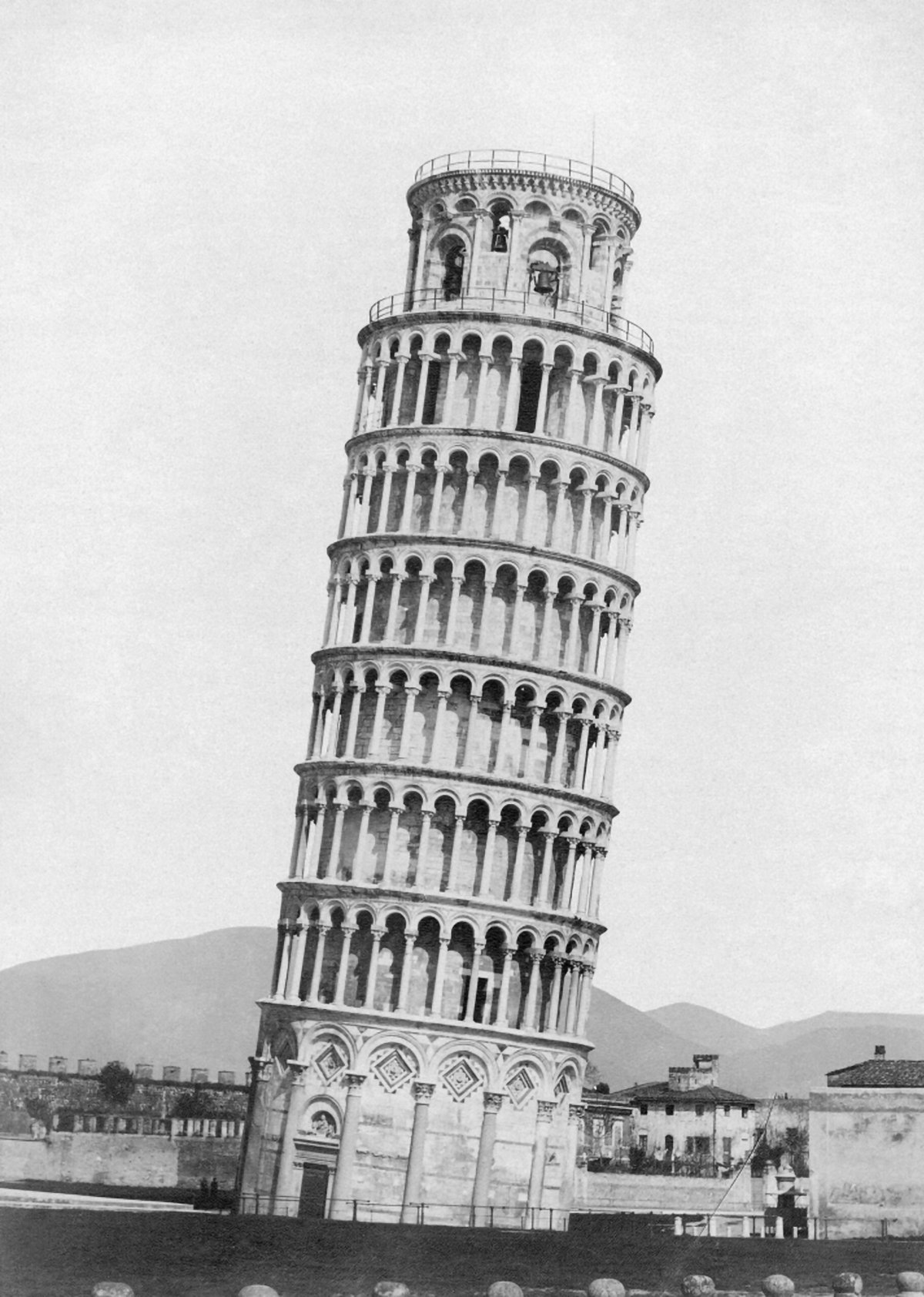
The Leaning Tower of Pisa and the Axis Mundi
Pictured here is the campanile at the Pisa Cathedral, known worldwide as the Leaning Tower of Pisa. The tower is world-famous for its iconic four-degree lean, and has become a major tourist attraction for the town of Pisa. This lean has allowed the campanile to become a symbol of the city. If you think of Pisa, you think of the Leaning Tower. This status and appeal comes from the campanile’s lack of vertical equilibrium, which forces visitors to confront the axis-mundi. It’s a unique tension that’s rooted in verticality.
